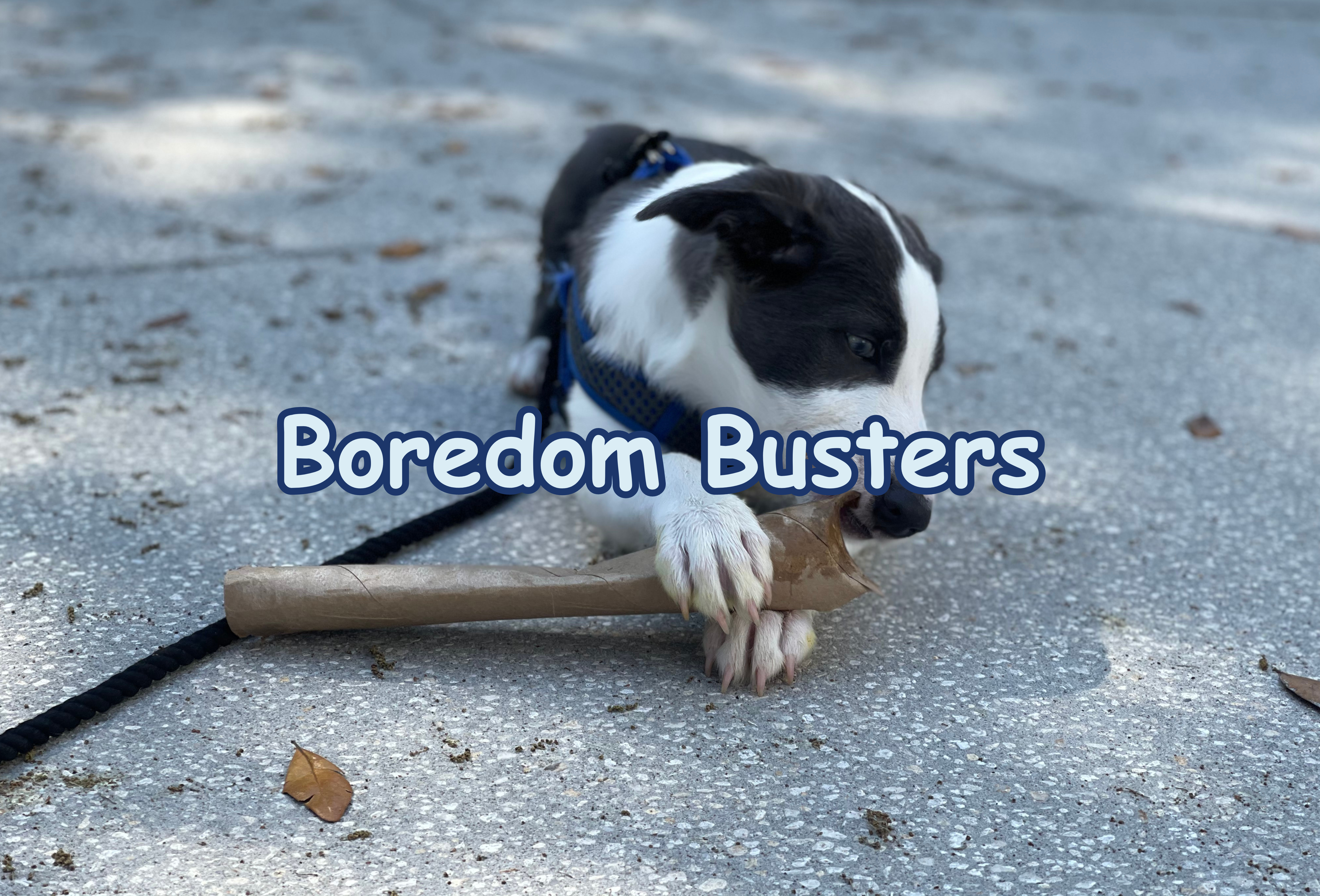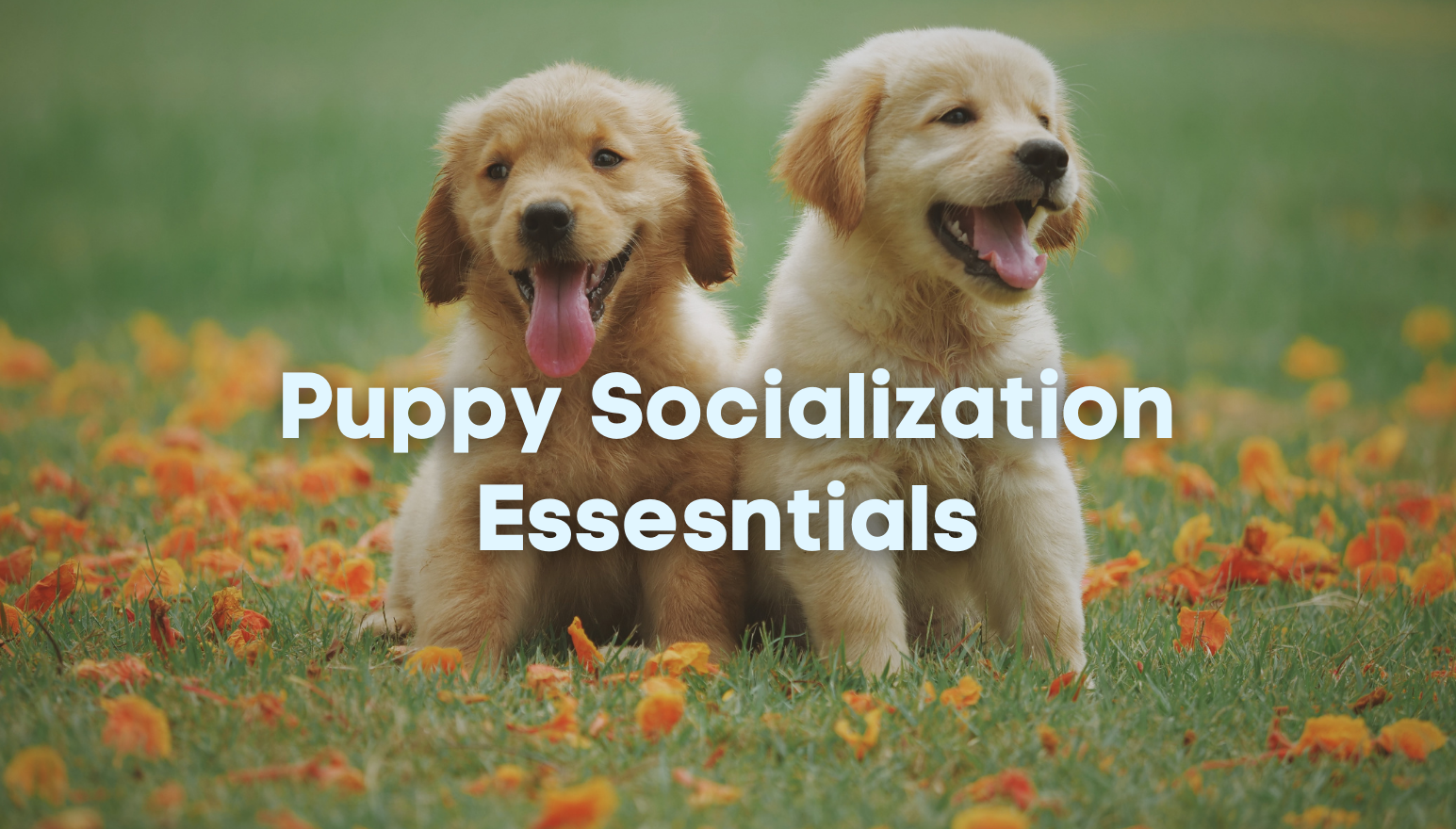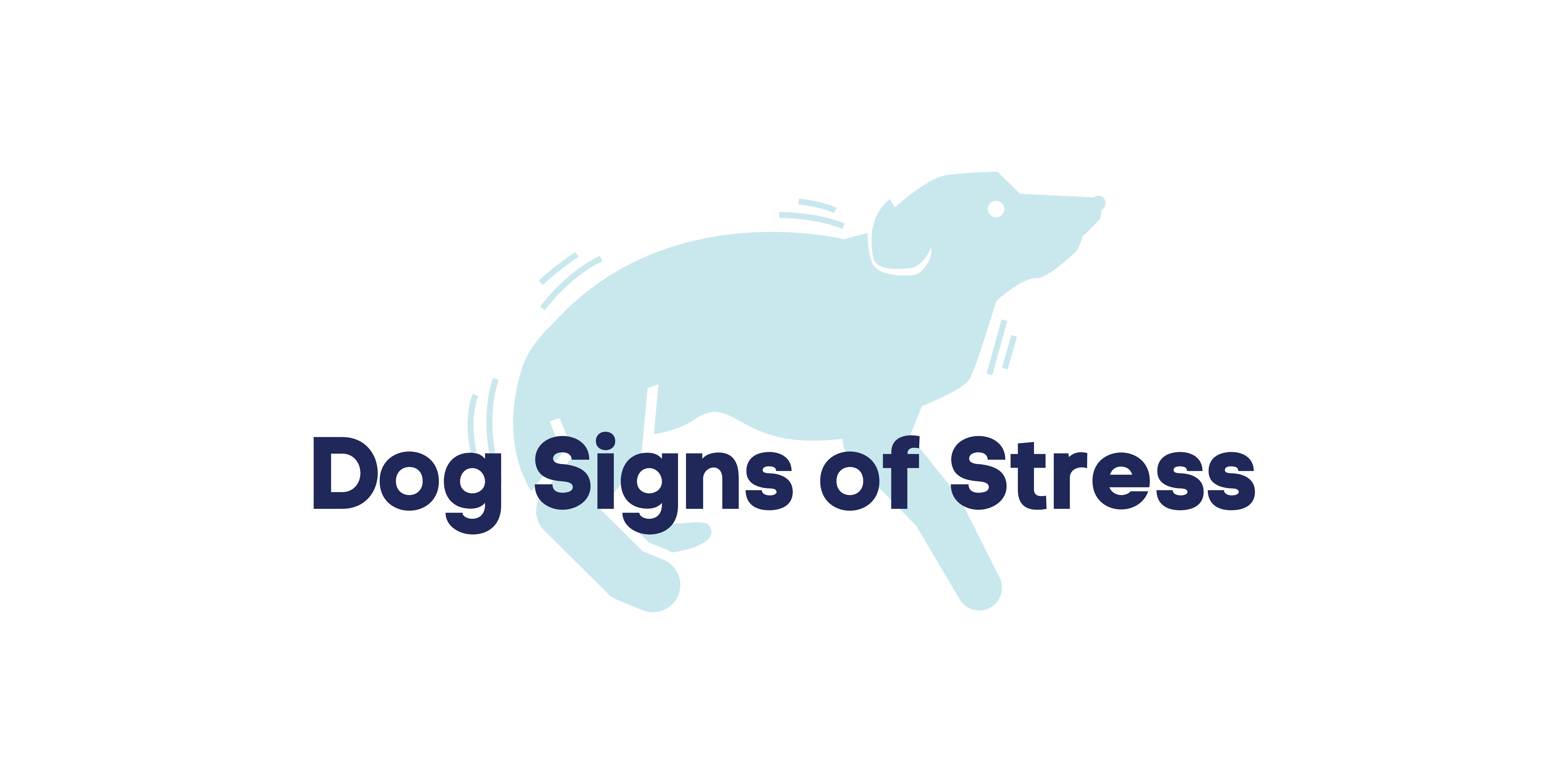Turns out that humans have a huge problem– we love to be right. The problem is that this is dangerous and actually causes serious tragedies and even death, according to Being Wrong: Adventures in the Margin of Error author Kathryn Schulz. Schulz explains how planes crash as a result of a pilot refusing to admit error. And as Schulz delves into the topic you can’t really blame the pilot, but rather punishment. It seems that as tiny kids we are already conditioned to be right. That if you are right you are good and if you are wrong you are bad. Of course this is really not helpful as life is comprised of a whole bunch of grey areas, situational dilemmas and most importantly of humans who desperately long never to be wrong.
So I need to confess, I have been and am wrong. I was wrong for using choke chains and prong collars on my first dogs, I was wrong when I alpha rolled my terrier and inadvertently caused even more problems. I was wrong when I sprayed fluid in my dogs face and when shook shake cans. Frankly when I saw the door to clicker training I jumped through it, I wanted out. I was happy to be wrong, because using aversive did not feel right. But being wrong isn’t always that simple.
Ego
Being wrong is not easy. I don’t know why but I feel attracted to being wrong, perhaps it’s the rebel in me, but I see that others struggle and suffer when being even potentially wrong. I don’t relate. Maybe it was my childhood conditioning that prompted a strong opposition reflex. For most of us, years of cultural conditioning have programed us to avoid being different, to go with the crowd and to avoid conflict. Not too long ago conflict was so dangerous that even just triggering one person could cost you your life. The conflict avoiding programming that resulted persists even though the risk involved today for most of us is minimal, but the fear of being wrong persists.
When I am honest I realize there have been things I have dreaded being wrong about. I did not want to be wrong about my marriage failing years ago. I did not want to be wrong about my terriers being really hard to train for agility. I wanted to do agility and so it was really hard to accept that they really did not want to do agility. I was wrapped up in my ego, my want, my joy, my outcome and not considering the truth that one of my terriers had monumental stress issues that made living as a pet difficult and consistently performing in agility nearly impossible. My terrier and I did the impossible we got an Agility Excellent title in AKC and then I retired him. I agonized about retiring him and then noticed that he was unconcerned, relieved to not be doing agility anymore.
It had been my ego that drove me to do it. I had set goals, I had wanted and not listened to what my dog was saying: hey this competition stuff is not for me. I enjoy doing agility in the back yard and at friend’s places but this competition stuff is too much. I had lacked awareness. I had lacked the ability to see the severity his stress so I blindly made decisions. I was wrong. But there were lucky side effects to my bad decision. Doing agility had empowered my scared terrier to become a more confident dog.
Empowerment
Empowerment training is really just good training. If you follow science along its trail of evidence, you will find empowerment training. Efficacy, how well a training method works, is not enough; we need to ensure that dogs learn via methods that empower them. James O’Heare has written an outstanding book on Empowerment training which outlines the process of good training. Exploring the book you will find that the road to good training is not an easy one, but is ultimately rewarding to both the learner and the teacher. Empowerment training does not mean that your dog is going to take over your house and that you will be making out your mortgage check to her, it means that your dog will enjoy the learning process. The ultimate compliment to any teacher, an enamored student!
However my being wrong about my first agility dog’s desire to do agility ended up being very disempowering to me. The instructors I was choosing to train with were motivated by being in control. I was told that I should use more deprivation, that my dog’s problems were the result of my bad training. I internalized that I was a horrible trainer but could not accept the concept of needing to deprive my dogs in order for them to play a game with me. I realized that for me control was not going to be motivating. To me the feeling of unity when playing with my dog was what really mattered. Illogically I slipped into learned helplessness. But ultimately what I learned was that I had been wrong. Selecting trainers based on fame and their own personal success was not working for me. I learned that I had to be true to my values and find trainers who were aligned with those values. I committed to learning everything that I could about behavior by enrolling in a trade school and reading every book on behavior I could get my hands on. I became empowered. I started feeling pretty good about myself, I started to think that behavior was everything, that I could solve all dog training challenges. That there wasn’t a challenge I could not meet. I was ranked myself up high and enjoyed being in charge. Then it happened again.
Dominance paradigm
I learned I was wrong about dominance. When I first became a professional trainer I told clients they had to do a variety of things to be dominant over their dogs. Turns out two beings of the same species can’t form a dominance hierarchy and that much of the original wolf research was flawed, so my neat hierarchy tumbled. While I did not have the advantage of Barry Eaton’s excellent summary of the scientific findings in Dominance in Dogs: Fact or Fiction? It was the far more technical text by James O’Heare in Dominance Theory and Dogs that prompted my submission. O’Heare states that humans are the ones obsessed with rank and power and that the most likely explanation of our desire for control over others is our own need for dominance. A dominance that we have easily obtained, historically speaking; it hit me like a blow to the gut. The neat system I had in place that explained everything, bad behavior is dominant, good behavior is submissive –was wrong. Suddenly everything was infinitely more complex and I had to reorganize my entire way of thinking.
My terrier’s stubbornness became my challenge to be unpredictable and their ability to think around me. I no longer had dominance to blame and again I noticed feeling empowered. Being wrong was becoming even more reinforcing. I began asking why is anyone training anything with force? What is it about force that is reinforcing?
Functional Analysis of Force
I analyze everything, all the time. Maybe it is from parenting too many terriers and border collies but I can’t stop the obsessions; thinking about behavior. Learning that behavior is happening all the time I realized this included not just the dog but also the humans. While I thought I was training my dogs, they were also training me, but on an even deeper level the tools I used for training were also having an effect on me. So like layers of an onion, I started peeling. If I used a remote citronella collar to punish a dog for barking the fact that my button pressing stopped the barking was having an effect on me. Behaviorally I was being reinforced for punishing my dog. This was something that I found aberrant. Fundamentally it struck me that enjoying punishing another being was controlling and possibly sadistic. A road, I was not going to be traveling on. Yet I remembered training horses and feeling an awesome sense of power being able to control such a big animal. But power over another being was not going to be my reinforcer instead I intentionally chose being a team with my dog. Whether heeling, running an agility course, or throwing a disc I began to build reinforcement history with sharing joy and fun with my dogs. Sharing games and play increased my empathy for all dogs. We were having so much fun, feeling such powerful connection and exchanging communication, I began to feel a burning desire for all dogs and humans to share their time like this. Why didn’t everyone want to be a team with their dog?
Empathy
Enter empathy, our most affiliative and important emotion. Empathy isn’t easy and it is frequently confused with sympathy, but nothing can be more powerful than empathy. It can literally move mountains when it comes to conflict. When beings feel empathized with, powerful bonds are forged. Marshall Rosenburg travels the world bringing his Non-Violent Communication to seemingly insurmountable conflict. Of course, empathy isn’t a new idea, entire cultures are built on it, i.e. Buddhism.
I started empathizing with dogs, and feeling impatient with people, this caused a lot of problems. Humans don’t always like it when you take the side of the dog. Humans can get defensive when they feel judged and view your training advice as a demand. I was wrong to empathize with the dog. The answer was empathizing with the dog and the human. Both needed empathy to be able to be heard, to be able to listen and to learn.
Just a Word
Dog trainers are taught to give commands to dogs, and that dogs follow these commands. We are expected to create beings that flawlessly follow the wishes of their masters. One of my formerly favorite words: dominance –had already partially opened my eyes to the potential damage of labeling, but now I was seeing even deeper problems. The word “command” was a powerful label. It implies needing control over others, addiction to power and dominance – placing yourself above, all things I had learned to leave behind. The Stanford prison experiment randomly labeled normal college students as prisoners and guards, within a few days the experiment had to be stopped because the guards were seriously abusing the prisoners. However the Stanford prison experiment was only the tip of the iceberg the world over labeling had caused intense and horrifying problems. The power of a word demonstrated; I began to wonder what happens when people label a dog? What happens when I label a client? What happens when I teach people to give their dogs commands? The words we choose matter, just as much as I had to leave that choke chain and prong collar behind I now needed to learn to choose my words much more carefully. Just using one word, could be wrong, and possibly life-ending for a dog.
Researching Non-Violent Communication I stumbled across an important word: request. The word request is extremely powerful and an antithesis to the word demand. Both words are so powerful that you don’t actually have to use them to effect communication. It is in your tone, your non-verbal communication that makes the difference. Demands cause beings become resistant. Opposition reflex is activated. Defensive and even aggressive behaviors can be triggered, not helpful for work with humans or dogs. But magically by just changing one word—and the attitude that goes with it, demand becomes a request. The fascinating thing is that when we request, most beings that you have a reinforcement history with, comply and they usually comply immediately.
So I request that trainers start requesting. I request that we coach our clients to use requests rather than demands when communicating with dogs. I request that we lay aside the tools of demand: choke, prongs, and shock and that we enter the world of compliance with just one word.
Loving Being Wrong
Being wrong is right. Being wrong allows for growth and learning. I challenge all of us trainers to embrace being wrong. To make a commitment to openness and embracing a dog and client centered approach. To side with compassion, kindness and let all your requests show your love. Ask what am I wrong about? And to embrace what you learn.




